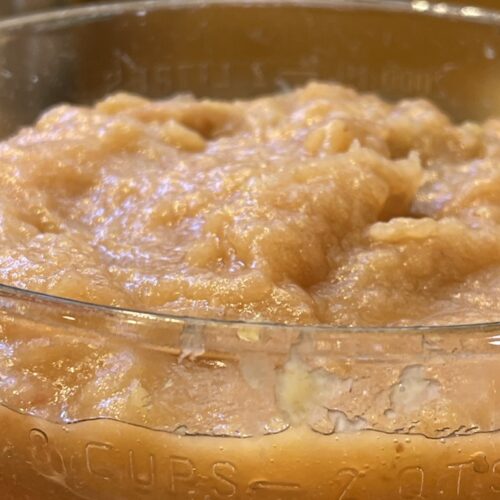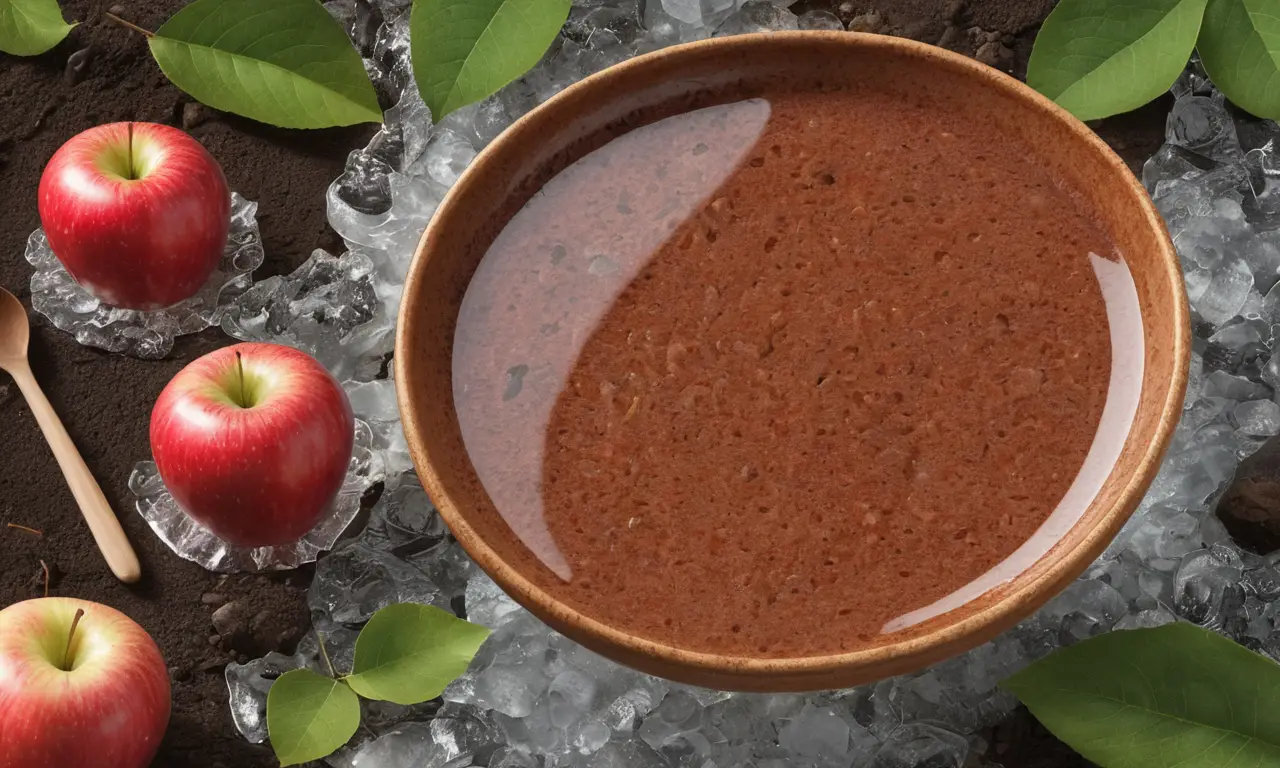
Applesauce, a beloved fruit spread enjoyed by many, often sparks debate about its true nature: is it a liquid or a solid? This seemingly simple question can have significant implications depending on the context. Whether you’re navigating dietary restrictions, following a specific recipe, or simply curious about the science behind applesauce, understanding its consistency is key.
This article will delve into the factors that determine whether applesauce qualifies as a liquid, exploring its various consistencies and how they impact its classification in different situations. We’ll also examine the implications of applesauce’s categorization for dietary guidelines and recipe applications. By the end, you’ll have a clear understanding of when does applesauce count as a liquid and why consistency plays such a crucial role.
Applesauce Consistency
Applesauce comes in a spectrum of consistencies, ranging from thin and pourable to thick and spoonable. The texture is primarily influenced by the cooking process and the amount of added water or other liquids.
Thin applesauce, often described as “sauce-like,” resembles a watery fruit puree. It flows easily and can be poured without much effort. This consistency is typically achieved by cooking apples with a significant amount of liquid, resulting in a smoother texture. Thicker applesauce, on the other hand, has a more substantial texture, resembling a chunky spread. It holds its shape well and requires a spoon for consumption. This consistency often results from cooking apples with less liquid or incorporating ingredients like cornstarch to thicken the mixture.
Factors Affecting Consistency
Several factors contribute to the varying consistencies of applesauce:
- Apple Variety: Different apple varieties have different levels of pectin, a natural gelling agent that influences texture. Apples high in pectin, such as Granny Smith, tend to produce thicker applesauce.
Cooking Time and Temperature: Longer cooking times and higher temperatures break down the cell walls of the apples, resulting in a smoother and thinner consistency.
Liquid Content: The amount of water or other liquids added during cooking directly affects the final texture. More liquid produces a thinner sauce, while less liquid results in a thicker spread.
- Added Thickening Agents: Ingredients like cornstarch, tapioca starch, or flour can be added to thicken applesauce and create a more substantial texture.
Liquid vs. Solid

The classification of applesauce as a liquid or solid depends largely on its consistency and the context in which it’s being considered.
In general, thin, pourable applesauce can be classified as a liquid due to its ability to flow freely. This is often the case for commercially prepared applesauce labeled as “sauce” or “thin.” Thicker varieties, however, are typically considered solids because they lack the fluidity of liquids and hold their shape.
Legal and Scientific Perspectives
Legal definitions of “liquid” often focus on a substance’s ability to flow under its own weight. From this perspective, thin applesauce would likely be classified as a liquid. However, scientific classifications may consider factors like viscosity and particle size, which can influence the categorization of thicker applesauce.
Dietary Restrictions
When navigating dietary restrictions, the classification of applesauce as a liquid or solid can have significant implications.
For example, individuals following low-sodium diets might need to be mindful of added salt in commercially prepared applesauce. Similarly, those with gluten sensitivities should carefully check labels for potential cross-contamination during processing. In some cases, thicker applesauce may be considered a “solid” portion on a meal plan, while thinner varieties could count towards fluid intake.
Consulting Specific Guidelines
It’s crucial to consult specific dietary guidelines or healthcare professionals for personalized advice regarding the consumption of applesauce within your individual restrictions.
Recipe Applications

The consistency of applesauce plays a vital role in its application within various recipes.
Thin applesauce, with its pourable nature, is ideal for sauces, glazes, and fillings where a smooth and consistent texture is desired. Thicker applesauce, on the other hand, lends itself well to baking applications like muffins, cakes, and breads, providing moisture and structure. It can also be used as a topping or spread in sandwiches and snacks.
Adapting Recipes Based on Consistency
When following recipes that call for applesauce, it’s essential to consider its consistency and adjust accordingly. If the recipe requires a thinner consistency, you may need to add additional liquid or blend the applesauce more thoroughly. Conversely, if the recipe calls for a thicker consistency, you can reduce the amount of liquid added during cooking or incorporate thickening agents like cornstarch.
Applesauce Classification
Ultimately, the classification of does applesauce count as a liquid depends on its specific consistency and the context in which it’s being used.
Thin, pourable applesauce can be considered a liquid for purposes such as dietary restrictions or recipe applications requiring fluidity. However, thicker varieties are generally classified as solids due to their lack of flow and ability to hold their shape.
Conclusion
The debate surrounding does applesauce count as a liquid highlights the importance of considering consistency in various contexts. Whether you’re navigating dietary guidelines, following recipes, or simply exploring the nature of this beloved fruit spread, understanding the spectrum of applesauce consistencies is key. By recognizing that applesauce can exist on a continuum between liquid and solid, we can appreciate its versatility and adaptability in diverse culinary applications.
